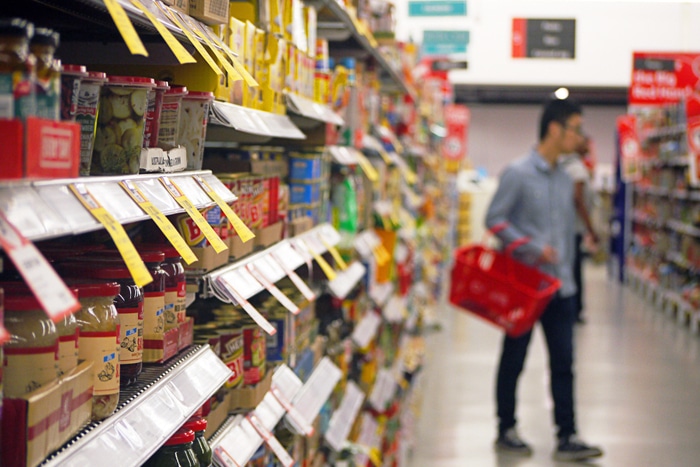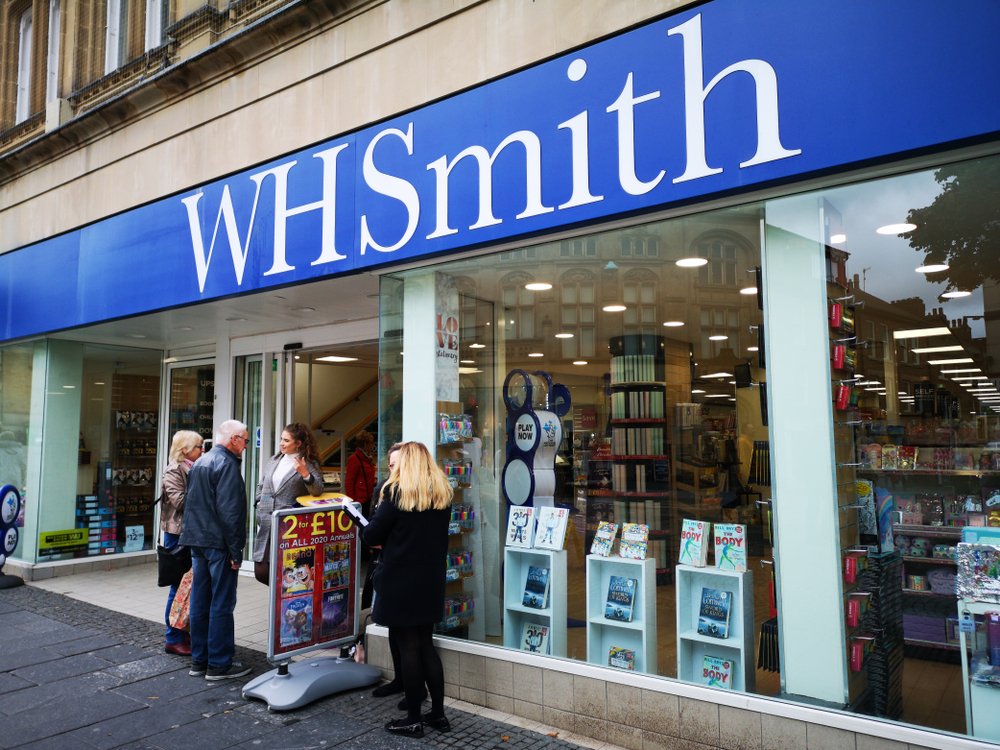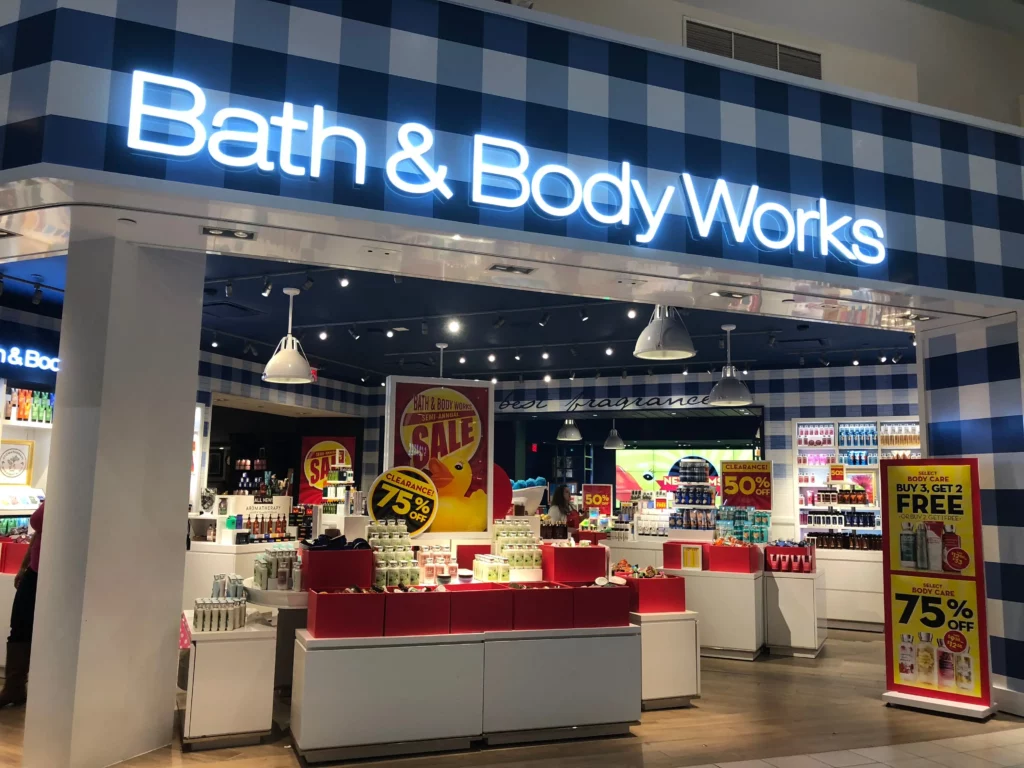// Shop price inflation grew to 0.7% in February, according to BRC-Nielsen Shop Price Index
// The highest rate of inflation since March 2013
// Non-food shop price inflation grew to 0.2%, the first time it has been in inflationary territory since March 2013
// Food inflation accelerated to 1.6%
Shop price inflation has reached its highest levels in six years due to unsustainable pressure on the supply chain from the plunging pound and rising fuel prices, according to new data.
The latest BRC-Neilsen Shop Price Index shows that shop price inflation accelerated in February to 0.7 per cent, up from 0.4 per cent in January and the highest inflation rate since March 2013.
READ MORE:
- Shoppers defy high street gloom with optimistic January footfall (Ipsos)
- Retail sales makes a strong comeback in January (ONS)
- January inflation falls below targets (ONS)
- Retail vacancy rate climbs to 9.9% as January footfall declines (BRC-Springboard)
- BRC cautiously welcomes January retail sales uptick
- Brits’ “wait & see” attitude keeps consumer confidence low
- Online sales off to a sluggish start for the year
- Grocery post-Christmas sales grow amid Veganuary boom
The BRC said the key driver of the upward movement in the year-on-year shop price inflation in February was the non-food category, while food price inflation overall was stable.
Non-food prices rose by 0.2 per cent year-on-year in February compared to the January decrease of 0.2 per cent, marking the first time that the non-food category has been inflationary since March 2013.
February usually sees non-food retailers introducing new products at full price after a January of clearing stock and discounting, and the BRC said it was “no surprise” that non-food prices are higher month-on-month.
However, the fact it was higher on a year-on-year basis reflected significant cost pressures which have built up in the supply chain over the last two years, notably from the currency depreciation in 2016 and the rise in oil prices last year.
Despite this, the BRC highlighted that non-food prices remained below levels seen in 2016.
Meanwhile, food inflation inched up slightly in February to 1.6 per cent, up from 1.5 per cent in January.
Fresh food inflation accelerated to 1.7 per cent in February, up from 1.2 per cent in January, while ambient food inflation eased in February to 1.5 per cent compared to 1.9 per cent in January.
“For the first time in almost six years the price of non-food goods rose, albeit slowly, as cost pressures which had been building in the supply chain over the past few years fed through into prices,” BRC chief executive Helen Dickinson said.
“This adds to gradual ongoing rises in food prices, resulting in the highest overall shop price inflation since March 2013.
“While price rises over the last six months have been relatively modest, a no-deal Brexit would have a much more immediate and dramatic effect.
“If this happens, prices of both food and non-food would rise as a result of any new tariffs, the cost impact of any delays at borders, increased administration, and the likely currency depreciation.
“Parliament must protect British consumers by agreeing a solution that avoids a chaotic no-deal Brexit.”
Nielsen head of retailer insight Mike Watkins said: “Whilst shop prices have moved upwards slightly in February, economic growth is slowing and there is still weak retail growth.
“So, for as long as shoppers continue to be cautious, it will be difficult for the industry to pass on in full any cost price increases coming through the supply chain, particularly as around half of households are still reluctant to spend and many have concerns about the economy.
“Retailers will need to simplify the shopper experience, improve customer engagement and deliver good value for money to encourage shoppers to spend.”
Click here to sign up to Retail Gazette‘s free daily email newsletter

















